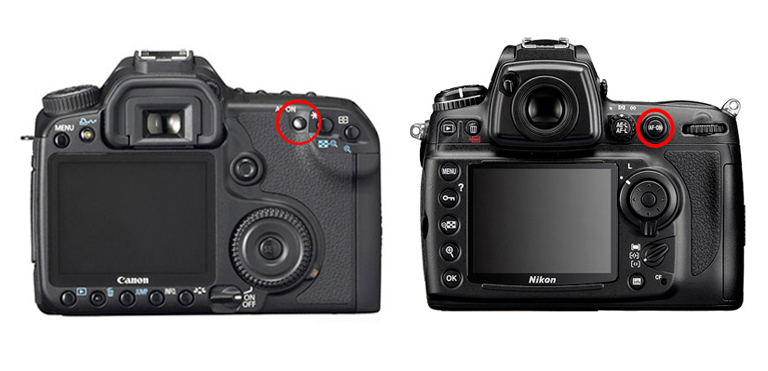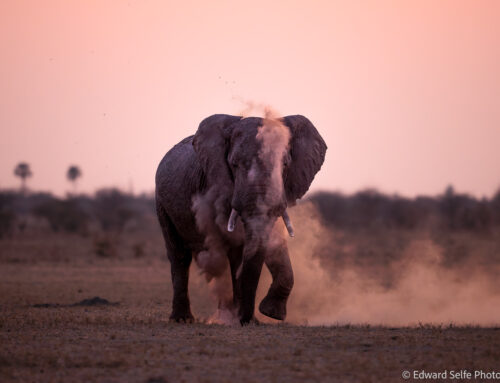Ever since auto-focus appeared on cameras, photographers have used the shutter button to focus, meter and take the final shot – half-press to focus & meter, and full-press to take the shot. When you half-pressed the shutter button, the camera’s focusing system would behave in one of two ways:
- if you had AF-S (Nikon) or ONE SHOT (Canon) selected, the camera would achieve focus using your selected focus point(s) and then hold that focus until you took the shot, or released and started again.
- if you had AF-C or AI SERVO selected, the camera would acquire focus, and continually re-acquire focus until you fully-pressed the shutter and took the shot.
AF-C / ONE SHOT was good for portraits and static subjects, and AF-C / AI SERVO was good for moving subjects. The former was also most useful for focus-and-recompose photography, perhaps when you wanted to place your subject at a point in the frame where there was no convenient focusing point.
Wildlife photographers wanted to have both options available all the time – they wanted to be able to track movement as it occurred, but then be able to focus-and-recompose if the subject stopped moving. Switching between the AF-S / ONE SHOT and AF-C / AI SERVO modes was time-consuming and tiresome, especially in a high-speed situation.
So a few years ago, the phrase “back-button focus” appeared in the world of wildlife photography. This is how it works: you set up your camera to use the AF-ON button to focus, and the shutter button to meter and take the shot. This means you can have AF-C / AI SERVO performance when you hold your thumb down on the AF-ON button, but if you lift if off, you can still take shots (using the shutter) without the camera re-focusing. It was a great idea.
Imagine an example: as a lionness walks towards you, you hold AF-ON with your thumb and take lots of shots using your finger on the shutter. When she stops, you focus on her eye using the AF-ON button under your thumb, then lift your thumb, re-compose, and take shots with her placed elsewhere in your frame. No need to switch to AF-S / ONE SHOT mode.

However, to me there were always several problems with this arrangement:
- I use my thumb to move the chosen focus point around in the frame which is tricky if I’ve got it held down on AF-ON.
- I want AI SERVO performance most of the time, so I have to keep my thumb on the AF-ON button for long periods, which I find tiresome.
- It is tricky to learn a new style of photographing after many years, and you risk missing shots until you’ve mastered the new technique.
- If someone else picks up your camera they won’t successfully take a photo unless they know to push the AF-ON button to focus.
While looking through the camera’s settings, I found a solution to the same problem that I find much more intuitive. Instead of using the AF-ON button to focus, I use it to STOP focus.
While that lionness is approaching me, I use the shutter to focus, meter and take photos, while re-positioning the chosen focus point using my thumb. When the lionness comes to a stop, I can focus using the shutter button (half press) then hold my thumb on the AF-ON button to lock focus, re-compose and shoot my image. I think this option has several distinct advantages:
- there is no need to re-learn how to focus with your camera
- you only need push the AF-ON button when you want to focus-and-recompose
- your thumb is free to move the focus point around in the frame
- anyone can use your camera, because it performs as they expect it to!
So, I must admit that I do not use back-button focus! Or at least, not as many others do. If you are interested in the idea, and haven’t yet made the switch, try setting the AF-ON button as an AF-STOP capability and see how you get on. If you are a BBF user, but struggle with it (as I did) then maybe give my alternative a try!



